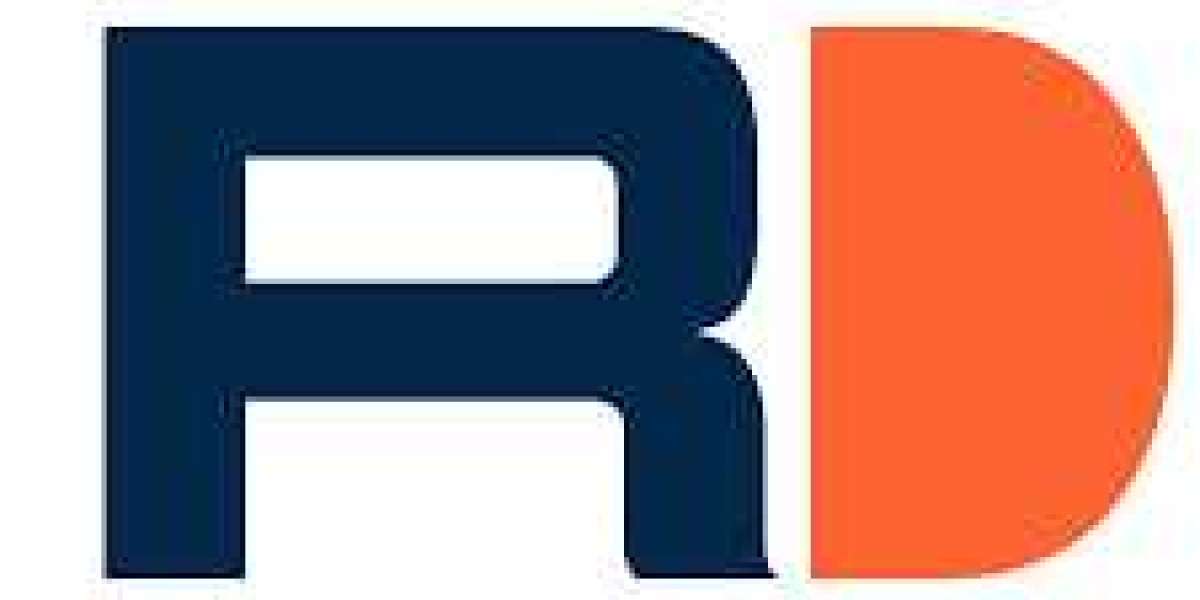The industrial fabric rolling machine has undergone significant transformations over the years, evolving from simple manual devices to sophisticated automated systems. This evolution reflects advancements in technology and the growing demands of the textile industry. In this article, we will explore the journey of these machines, their functionalities, and their impact on manufacturing processes.

Understanding the Industrial Fabric Rolling Machine
An industrial fabric rolling machine is designed to roll and store fabric efficiently, ensuring minimal damage and optimal organization. These machines are essential in various sectors, including fashion, upholstery, and industrial applications. But what are the key features that differentiate modern machines from their predecessors?
- Efficiency: Modern machines are equipped with advanced technology that enhances speed and precision.
- Automation: Automated systems reduce the need for manual labor, allowing for higher production rates.
- Versatility: Contemporary machines can handle various fabric types, from delicate textiles to heavy-duty materials.
The Transition from Manual to Automated Solutions
Historically, industrial fabric rolling machines were primarily manual, requiring significant human effort to operate. Operators would physically roll the fabric onto spools, a process that was not only labor-intensive but also time-consuming. As industries grew, the limitations of manual machines became apparent.
With the advent of automation, manufacturers began to integrate electronic controls and sensors into fabric rolling machines. This shift not only improved efficiency but also enhanced safety and consistency in fabric handling. For instance, automated machines can adjust tension and speed based on the fabric type, ensuring a smooth rolling process.
Benefits of Modern Industrial Fabric Rolling Machines
The benefits of utilizing modern industrial fabric rolling machines are manifold. Here are some key advantages:
- Increased Productivity: Automated machines can operate continuously, significantly increasing output.
- Reduced Labor Costs: With less manual intervention required, companies can allocate labor resources more effectively.
- Improved Quality Control: Automation allows for consistent quality in fabric rolling, minimizing defects.
Conclusion: The Future of Industrial Fabric Rolling Machines
As technology continues to advance, the future of industrial fabric rolling machines looks promising. Innovations such as smart technology and IoT integration are expected to further enhance the capabilities of these machines. Manufacturers must stay abreast of these developments to remain competitive in the ever-evolving textile industry.
For those interested in exploring high-quality industrial fabric rolling machines, consider visiting  . This resource provides valuable insights into the latest models and technologies available in the market.
. This resource provides valuable insights into the latest models and technologies available in the market.








